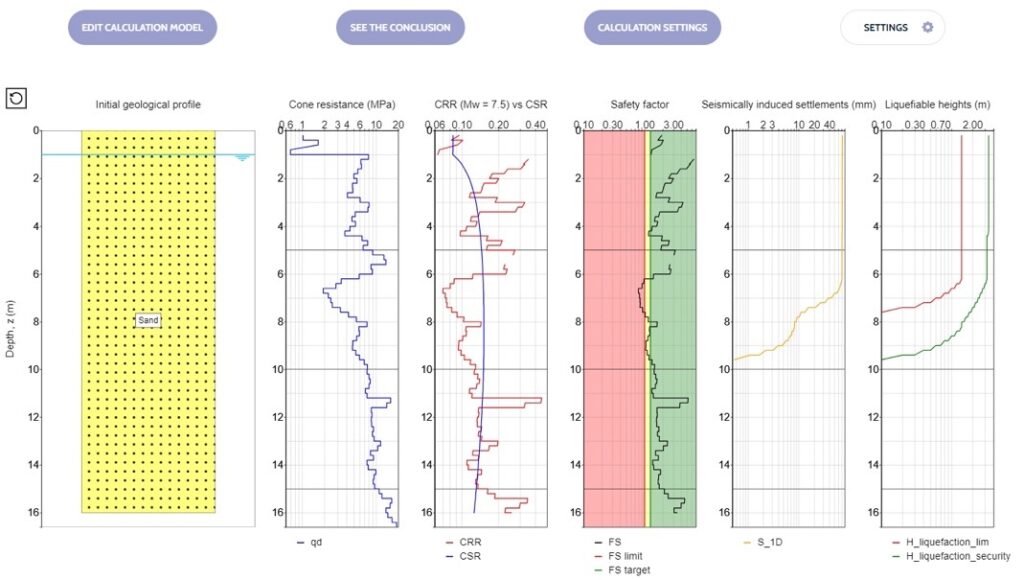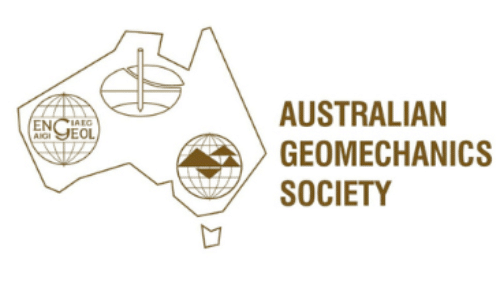Environmental Social Governance (ESG) Reporting
Sustainability Reports
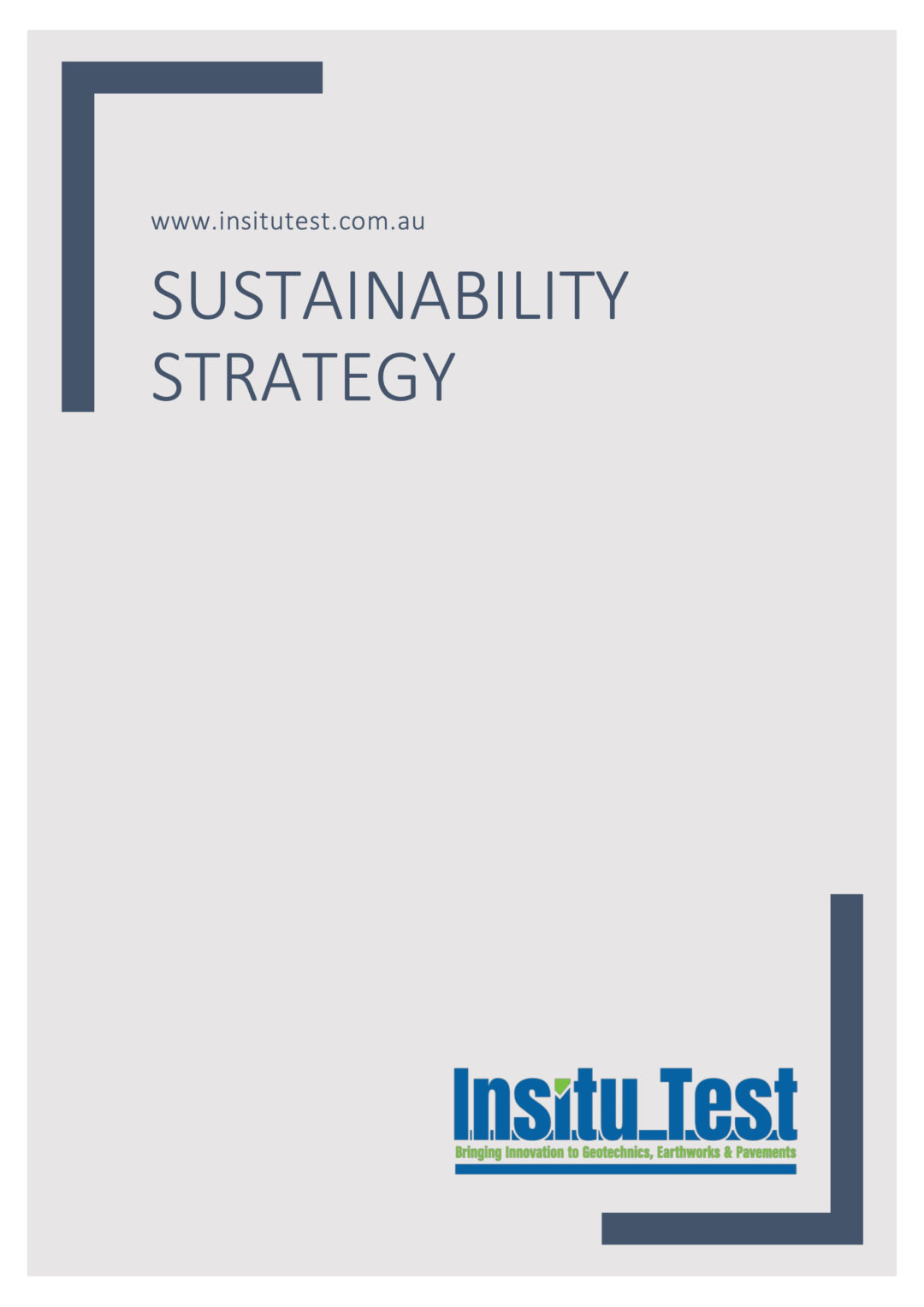
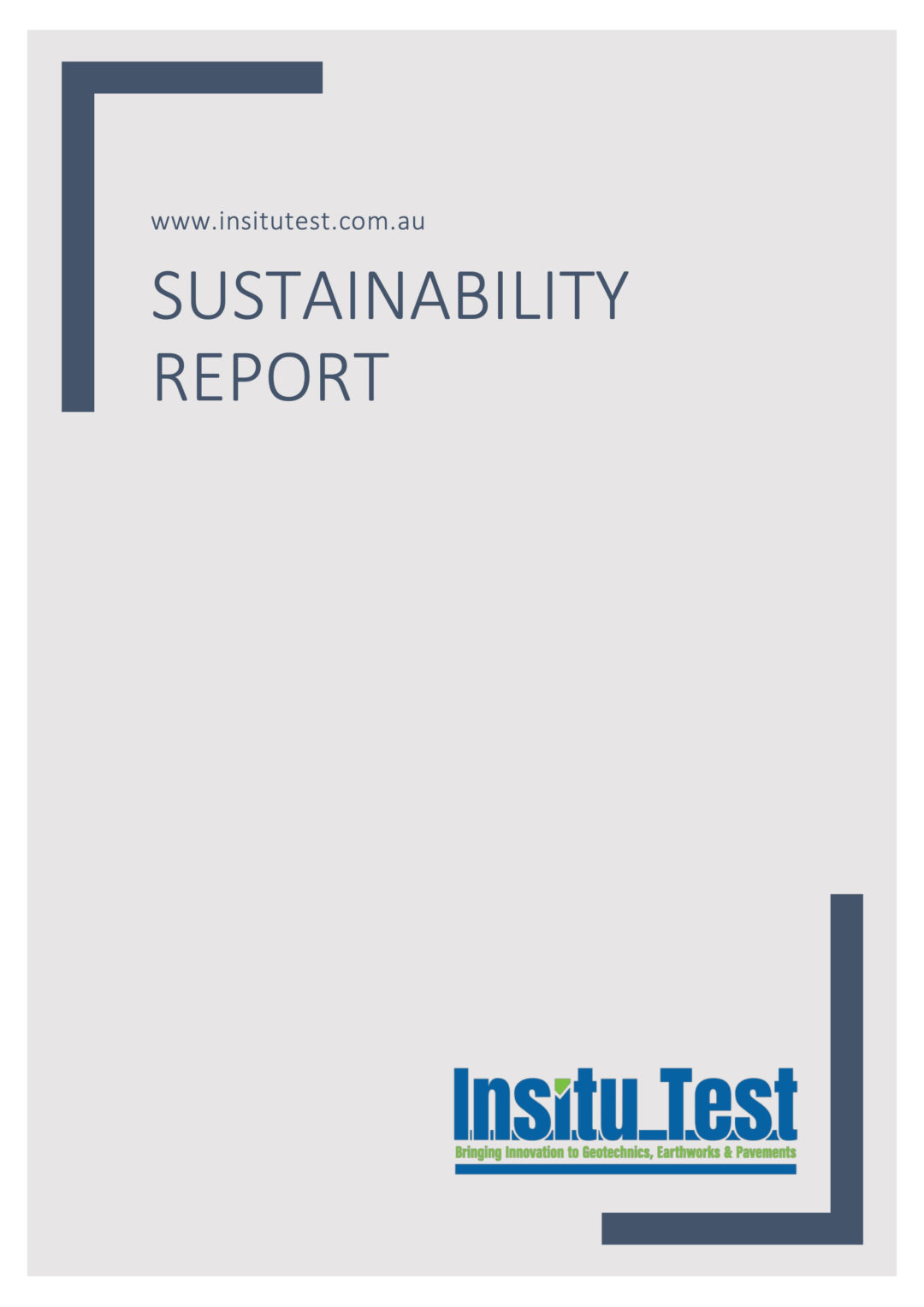
Trusted by our clients

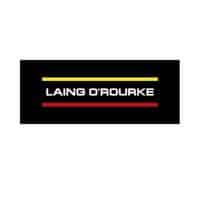
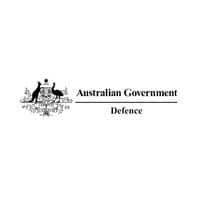

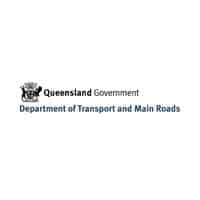
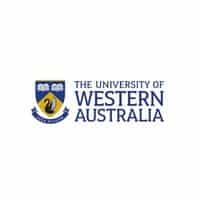
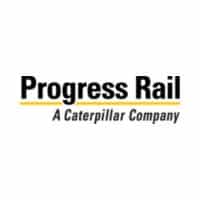




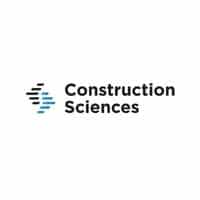




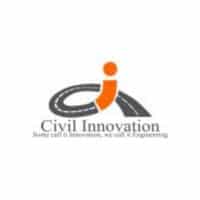

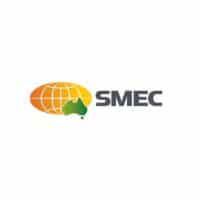
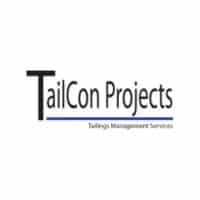
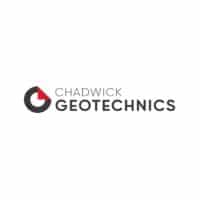
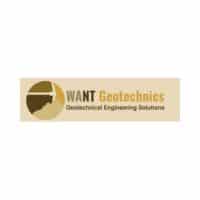

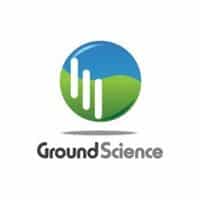
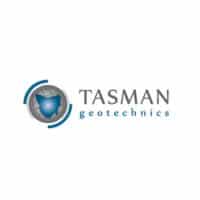
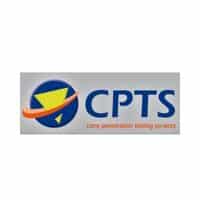
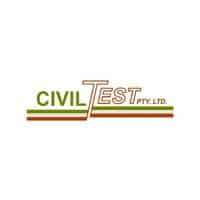
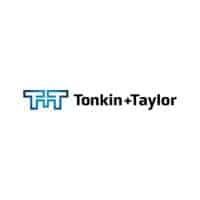

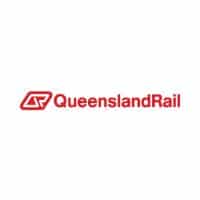


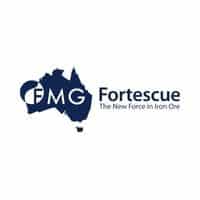
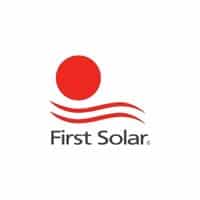
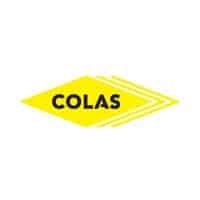
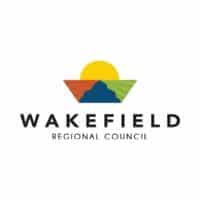
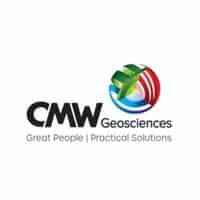
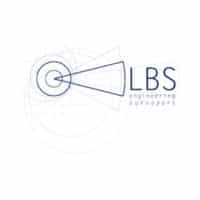
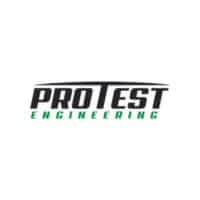
Our Supply Partners:
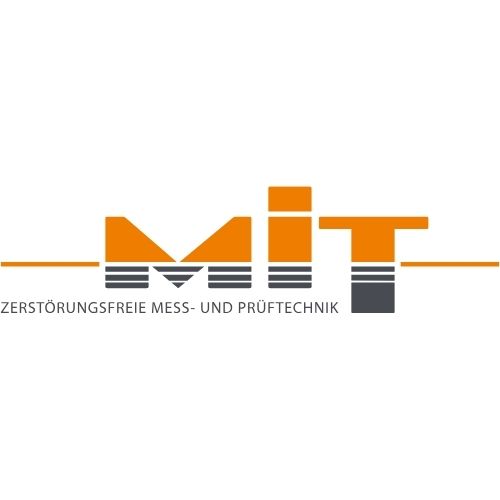
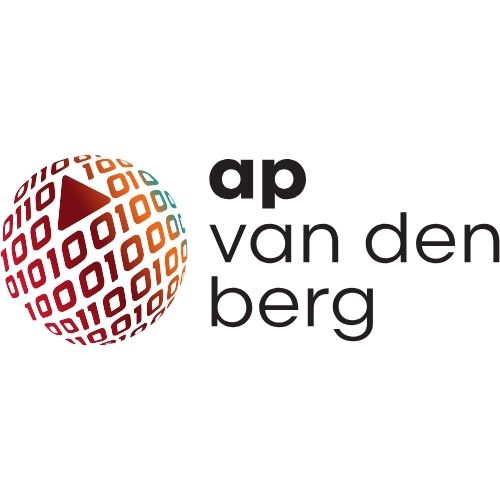
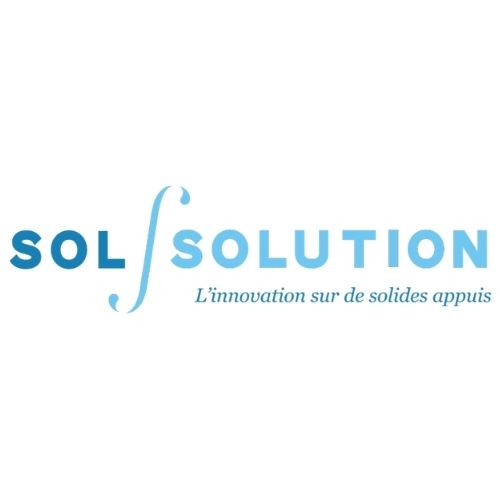

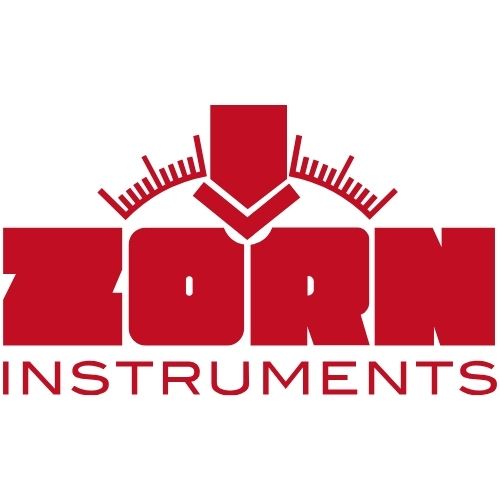
What our clients say
Insitutek imports, sells and services, unique geotech equipment that has proved of great benefit to those who use it. It has a particularly beneficial role to play for those compacting soil in infrastructure projects.
Insitutek is our partner overseas for our test equipment. Ask them for a presentation or training for our products. I am sure you will be satisfied. They are a reliable and very kindly partner.
I have known the team at Insitutek for over ten years. Their professionalism, positivity and enthusiasm for their work is outstanding and I am pleased to recommend them.
The ZFG 3000 is an excellent tool and should be included in any professional contractors equipment list of assets. This tool should have a similar impact on the construction industry as the laser level. The ability to accurately and reliably measure this aspect of ground condition will improve the quality of the work and remove doubt as to the progress of the project.
I bought my ZFG 3000 and on the same day less than two hours later, it had paid for itself. Using this instrument, I was able to demonstrate scientifically, repeatably and independently the quality of the work that we had completed for our client. Ending the disagreement and creating an improved working relationship. Most jobs are not as confrontational as this was however, most jobs are built to a standard. The contractor can now measure as required, to know on site, at the time of testing if this standard is being achieved.
I strongly recommend the ZFG 3000 Deflectometer to any earthmoving, civil construction contractor. Good luck with your projects.
Since hiring the LWD I have used it on numerous jobs in a wide variety of material types all over WA. The ability to give “real time” test results have worked particularly well for me as i can show my clients numerical values which gives them a direct understanding of some of the benefits using Betta Roads has brought to their road construction projects. The feedback I have been receiving over the last few months has lead me to purchase the LWD and incorporate its use as an integral part of our projects.
The Light Weight Deflectometer (LWD) was first used in 1998 by the Minnesota Department of Transportation (Mn/DOT) at the Minnesota Road Research Project. Starting in 2005 the LWD has been used by Mn/DOT as an acceptance tool for the compaction of roadbed and miscellaneous embankment and trench construction, culvert treatments and other tapered construction.
We purchased a PANDA 2 machine after using one from another laboratory. The information obtained has saved money on numerous jobs. It is reasonably priced and the after-market service has been great. Highly recommend using Insitutek.
FH is now routinely using the LWD with very good feedback and useful engineering data. The equipment is an easy to use Zorn LWD.
I would hate to go back to doing the Plate Load Test using the old method using dial gauges. It would be so time consuming, not to mention manually recording and then processing all the results.
We are using the PANDITO DCP for Level 1 site supervision, it’s very portable and we find it handy for flying into sites.
Insitutek Blogs
We find clients are often looking for ways to improve geotechnical testing outcomes and do it more efficiently at the same time. This drives their buying decision making. Australian Soil and Concrete Testing (ASCT) was a case in point when they were searching for Plate Load Test equipment for their upcoming Collector Wind Farm project. Some of the things that motivated them include: […]
We are excited to introduce the addition of a new Liquefaction Risk Estimation module in WebSprint©. Paired with our cutting-edge products, PANDA® and GRIZZLY®, this module enables you to assess the liquefaction risk of soils exposed to seismic stress. PANDA® Instrumented DCP: This cutting-edge tool provides dynamic penetrometer soundings, delivering precise data crucial for seismic risk evaluations. GRIZZLY® […]
The Australian Geomechanics Society is gearing up for a series of geotechnical events across VIC, WA, NSW, and SA-NT. We are thrilled to inform you that we will be sponsoring and attending these exciting geotechnical events, and we would love for you to join us. It’s a fantastic opportunity to catch up, explore our booth (VIC), and stay informed about […]


